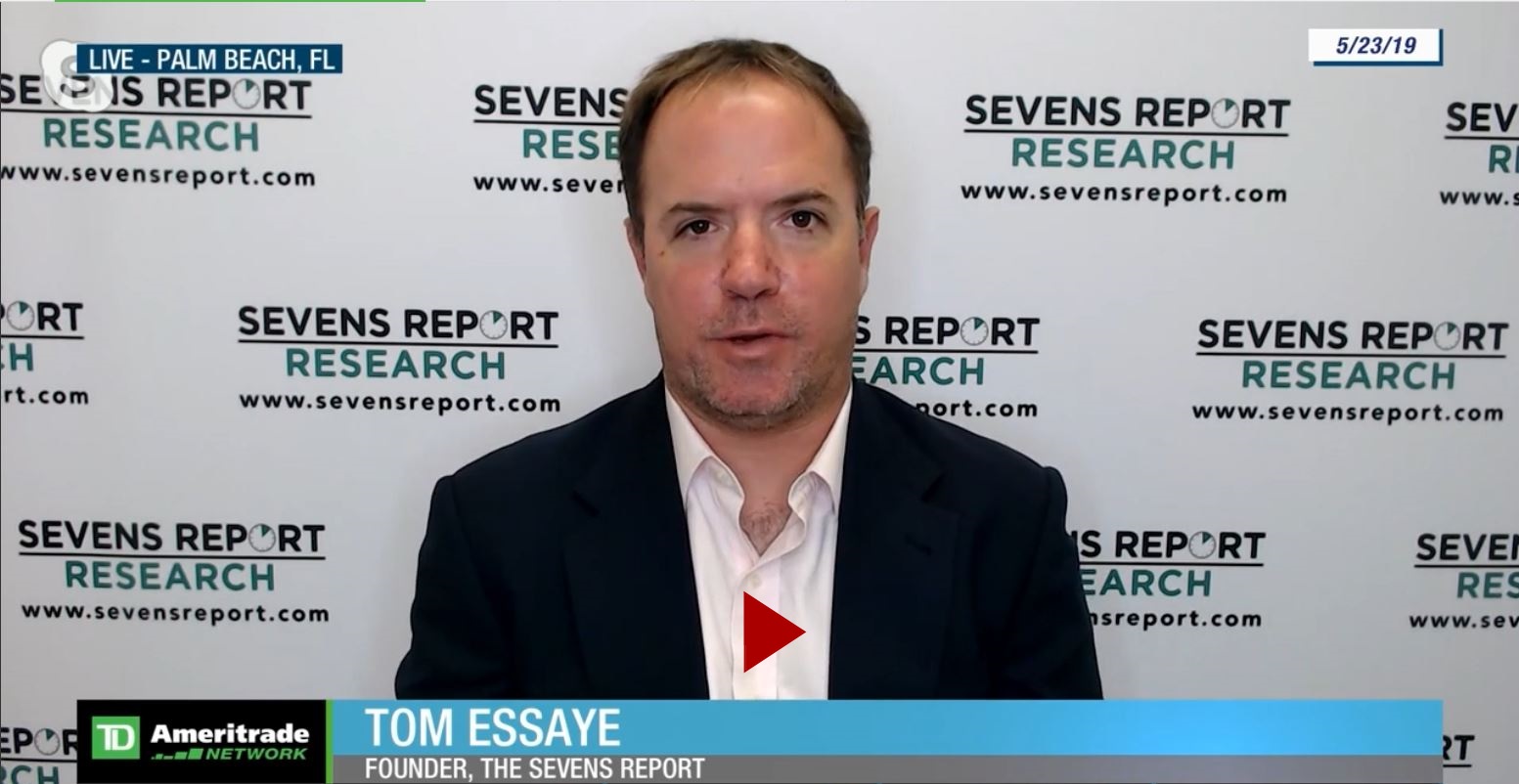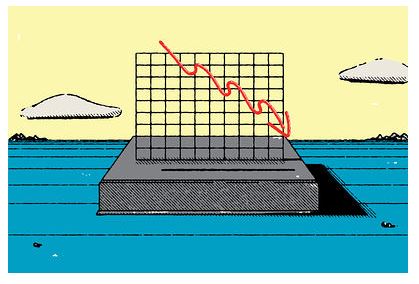The Bond Market Is Screaming For a Rate Cut
What’s in Today’s Report:
- Why The Bond Market Is Screaming For a Rate Cut
Futures are bouncing modestly following some hopeful comments by President Trump on U.S.-China trade.
Late yesterday President Trump made comments expressing optimism about an eventual U.S.-China trade deal that includes a solution for Huawei. No specifics or new details were provided, however.
Brexit entered a new phase as PM May announced she will resign on June 7th. But, until a “No Deal” becomes more likely, the global markets will continue ignore Brexit.
Today focus will be on Durable Goods Orders (E: -2.0%) and support at 2800 in the S&P 500. Yesterday that support level held and that’s a key number to watch going forward, as a violation of 2800 could open up an “air pocket” in stocks.
Regarding Durable Goods, it’d be nice if the data was solid, but it’s an April number so it won’t reflect activity following the flare up of U.S.-China trade tensions, and the headline is likely to be negatively skewed by cancellations for the 737, which started last month.




